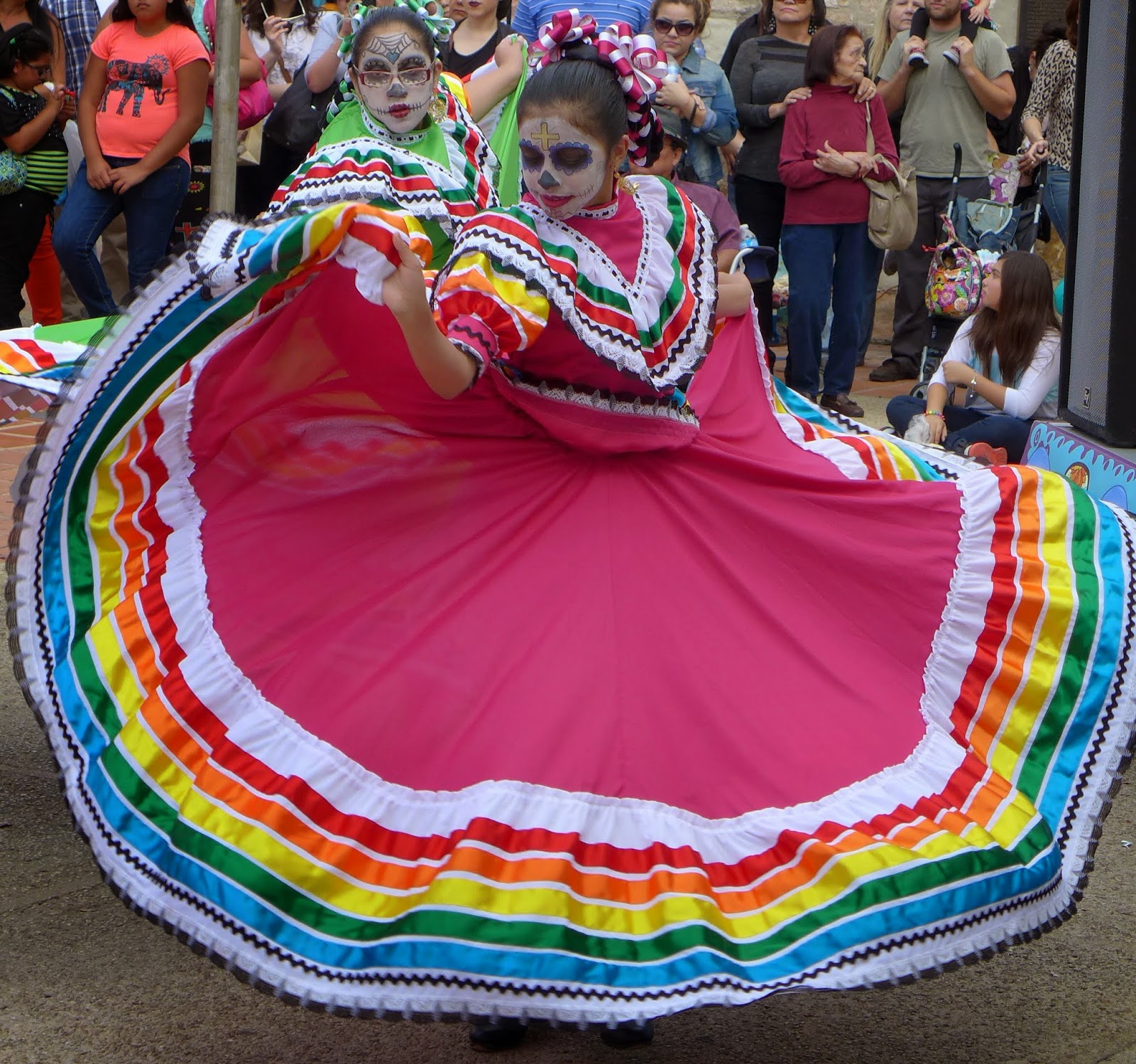Diverse
cultures abound here in San Antonio, and we love living here because we both
love learning about other traditions and customs. San Antonio’s population is a
mix of numerous nationalities, and we are finding it fascinating observing and
participating with people from other cultures who are celebrating and honoring
their ancestors’ holidays.
 |
| Bangkok 54 - best Thai food we've found in the US! |
Saturday
afternoon we headed to downtown San Antonio to “Diwali San Antonio”. Diwali (or
Divali or Deepavali) is the Indian “festival of lights”. It’s an ancient Hindu
festival celebrated in autumn every year, and it spiritually signifies the
victory of light over darkness, knowledge over ignorance, good over evil, and
hope over despair. We arrived early so stopped into a bar for a drink. Only by
luck, I chose a table so that Steve sat just below the Ravens mascot sign. He
thought this must be a good luck omen for their game on Sunday (not to be as
they lost!). So much for drinking to a Ravens victory and back to the festival
. . . .
 |
| Absolutely beautiful and graceul |
 |
| Delhi representatives |
While
wandering down the row of booths perusing each of the menus, we watched to see
what delicious offerings others were carrying away. We finally settled on a Pav
Bhaji that we shared. It’s a lentil (dhal) dish originating from Mumbai. This
one was also incredibly spicy and left our mouths tingling for the rest of the
evening. I wish we would have had room to taste other dishes, but there was
just too much to choose from, and we’d pigged out on the samosas. Local
restaurants provided the booths, so we now have a list to visit when Steve is
craving an Indian meal.
 |
| Lighting candles for Diwali |
You
can see more photos from the evening by clicking here: Diwali
On
Sunday, Steve had a Grand Prix plus a couple of American football games
(including the Ravens) to watch. However; we managed to fit in another trip
downtown for Dia de los Muertos (Mexican Day of the Dead) celebrations. Since
this holiday originated in Mexico, it’s very popular here in San Antonio. The
Dia de los Muertos honors the dead with festivals and celebrations. History
says that it combines indigenous Aztec rituals with Catholicism brought to
Mexico by the Spanish invaders in the early 1500’s.
 |
| One of the unique alters |
Of
course, there were several booths of food – everything from burritos, tacos,
fajitas and gorditas to carnitas – truly authentic Mexican dishes. There were
smells of frying onions, sizzling meat, and you could watch them preparing your
order, so the food was tasty and freshly prepared. Lines were long at every booth
but judging by the smiles on everyone’s faces; it was well worth the wait!
Steve headed first for the panadería for a taste of Pan de los Muertos, a sweet
bread that has the shape of bones on the top. (I think he endorses the motto
“life is uncertain – eat dessert first”) It wasn’t what we were expecting. It
tasted like a doughnut but was much heavier and more condensed and baked rather
than fried.
 |
| Steve with his Pan de los Muertos |
Because
the afternoon had warmed up, we decided a beer was in order before making our
way to the entertainment area. Children performed dances from both Spain and
Mexico starting with a group of tiny little girls who must have been only
around 3-years old. Dancers in various age groups progressed to more and more
complicated footwork and twirling throughout the program. All of them had
painted on skull faces and dressed in vibrant, colorful costumes and
headdresses. The final dance was a flamboyant flurry of vivid skirts.
 |
| Beautiful dance, beautiful girls and beautiful costumes! |
I
absolutely love the concept of Dia de los Muertos. It celebrates the lives of
the deceased with food, drink, parties and building alters, rather than the
morose idea than when you die that’s it.
For
more vivid photos of the dancers click on Dia los Muertos
Added
to our tastes from other countries, we’ve just recently had Israeli falafels
that were just as good as the ones that we had in Israel. mmmm – were they ever
yummy!! I can’t believe our luck in finding authentic ethnic food - it’s
brilliant!
All
of these recent fun festivals and good food brings to mind the saying
“you don’t need a silver fork to eat good food” Paul Prudhomme.
This saying was
certainly true for our weekend treats and our falafels because we were either
using very inexpensive or plastic forks and spoons or mostly our hands!! But
the food and entertainment equaled those we’ve found in other countries which
left us filled and contented!
